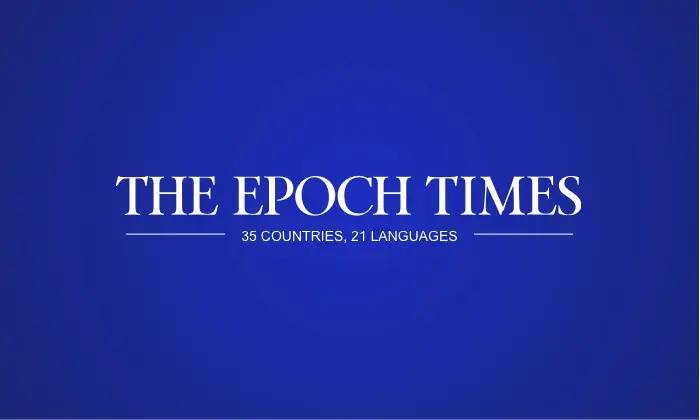Researchers have demonstrated that by plucking 200 hairs in a specific pattern and density, they can induce up to 1,200 replacement hairs to grow in a mouse.
“The work leads to potential new targets for treating alopecia, a form of hair loss,” says Cheng-Ming Chuong, a professor of pathology at the Keck School of Medicine at the University of Southern California.
As a dermatologist, first author Chih-Chiang Chen knew that hair follicle injury affects its adjacent environment, and the Chuong lab had already established that this environment can, in turn, influence hair regeneration.
Based on this combined knowledge, the researchers reasoned that they might be able to use the environment to activate more follicles.




